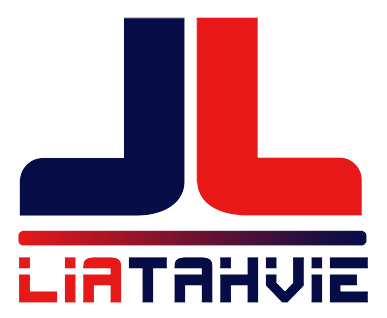As there isn’t a centralized party, such as a bank or financial institution, that keeps the sole copy of the ledger, you will also hear that blockchains are known as distributed ledgers. By reducing the volume of the spring it becomes more progressive, so the fork uses less stroke for a given impact force. So if your fork is feeling good but bottoming out too easily add more spacers. If it’s not using all it’s travel at least once per ride then check how many spacers are already installed and take them out. Externally adjustable travel (normally with a windy knob) used to be a common feature on forks, but now adjustment normally involves internal fettling.
Cryptocurrency splits
For example, back in 2017 the Bitcoin underwent a blockchain fork introducing SegWit to the network. This has since become the predominant address format used for managing BTC. The integration of Taproot in 2021 was another blockchain fork.
- While this cannot be altered, the rules which a specific blockchain operates by can to an extent.
- Lee has a price target of $15 for ether before the year is up, returning it to its pre-DAO hack heights.
- The other type of fork stemming from intention forks is soft forks.
- This is largely a function of the network being opt-in, meaning that users can choose what software they’re running.
- These parties aren’t all-powerful overlords – they’re service providers.
- Excessive compression for a given load, particularly in relation to braking loads.
How Hard Forks Work
Miners who wanted to create a larger block size (which would increase transaction speeds and lowers fees) proposed a vote to increase Bitcoin’s block size. The vote was not favored by a majority of the current Bitcoin miners, so developers in favor of increasing the block size implemented a hard fork. In order for a hard fork to take place, there must be a disagreement amongst the community and miners on the current protocol. Because the miners help facilitate transactions on the blockchain, they possess the power to implement a new protocol. If a large enough group of miners wanted to increase the size of Bitcoin’s blocks from 8 MB to 32 MB then they could initiate a vote. This is how the first hard fork of Bitcoin, Bitcoin Cash, was created.
Not the answer you’re looking for? Browse other questions tagged blockchainblockchain-fork or ask your own question.
The community seems unanimous—according to Ethereum’s publicly available Github code, a hard fork is tentatively scheduled for July 20. People were watching in real time as the money was stolen—like a live video feed of a bank robbery. By the end, the hacker, who has said that he was simply taking advantage of a technical loophole in the DAO, had amassed $50 million in ether, based on current exchange rates. Even two years after SegWit activation, not all nodes have upgraded.
Check the manual to check the misery level involved before you start plotting. Can be caused by too much high speed compression damping or by binding across loose bushings. A stack of sprung washers with a slight gap between them (like a Lego Christmas tree) that control oil flow. The larger the compression force, the more the shims flex back, pressing against the shims behind them and therefore stiffening up the resistance to the oil flow.
The project’s developers released code but did not specify which type of fork it would require. Bitcoin Unlimited set itself apart by allowing miners to decide on the size of their blocks, with nodes and miners limiting the size of blocks they accept, up to 16 megabytes. Things change, and they often https://www.tokenexus.com/ change faster and more frequently in the crypto industry than in other industries due to the fast-moving nature of blockchain innovation. As a result, a cryptocurrency’s underlying code is in some ways always a work of progress, open to both exploitation and improvement as technology changes.

